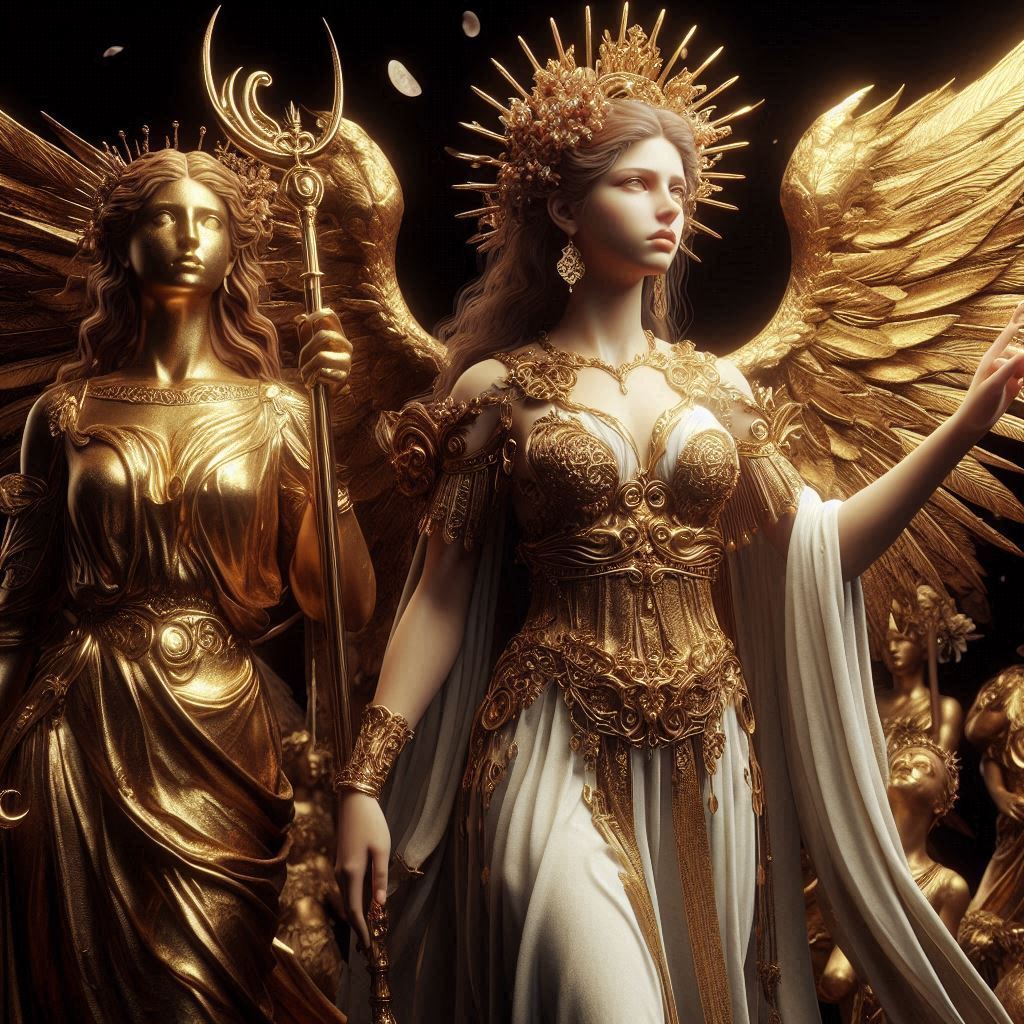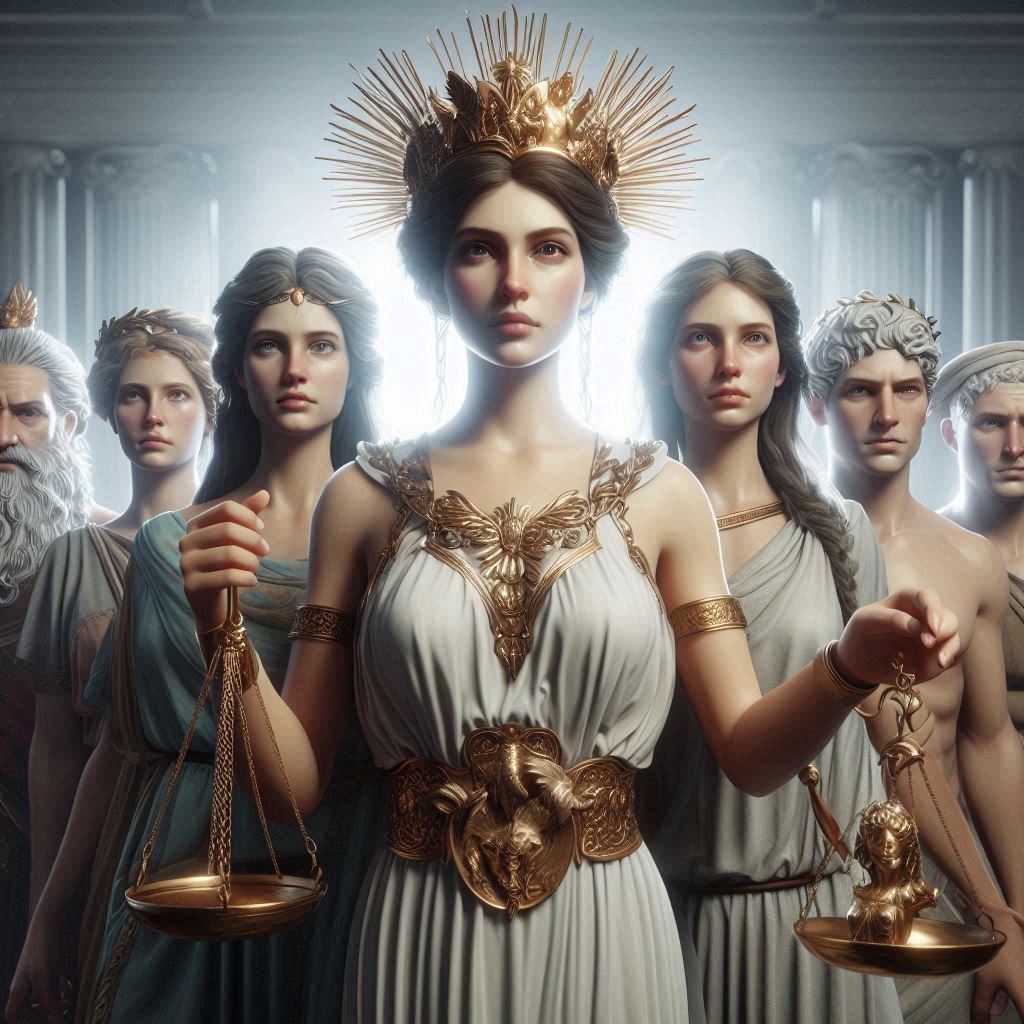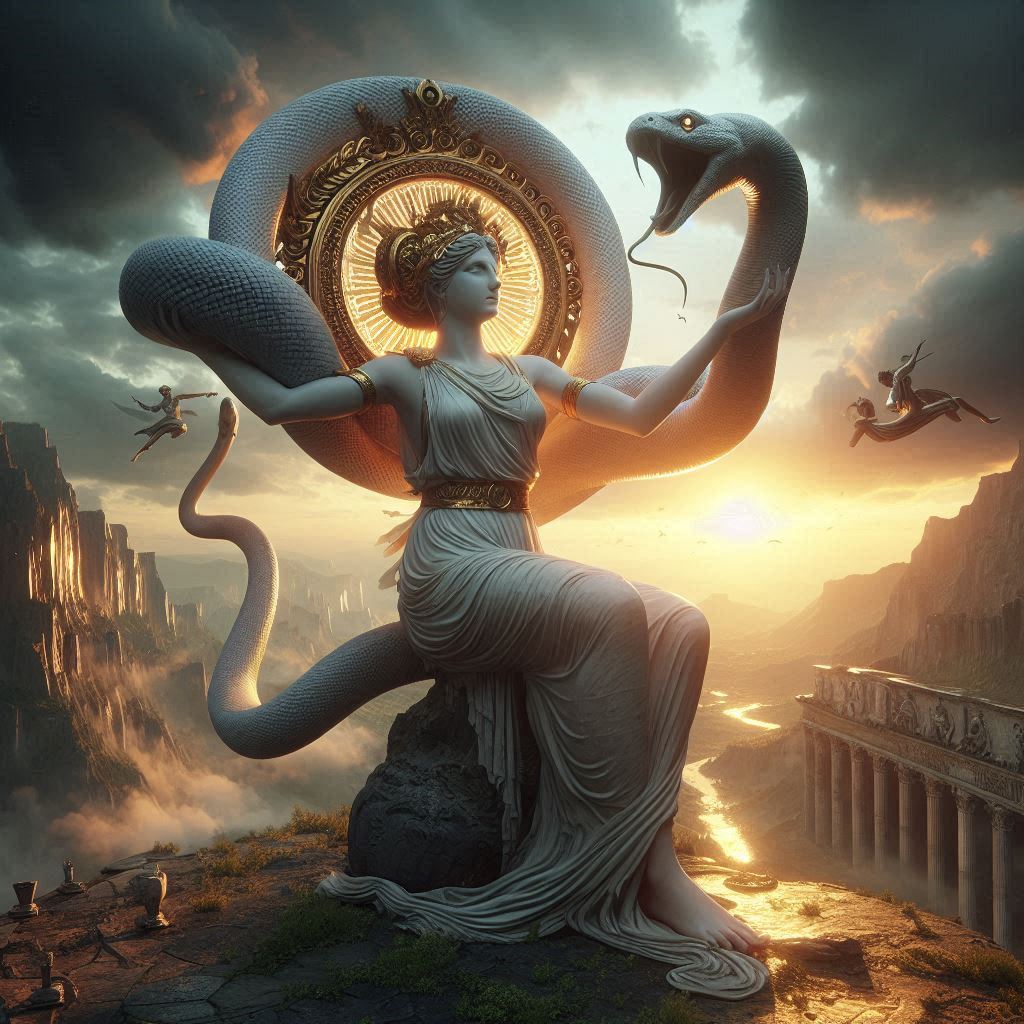Table of Contents
The Place of Music in Literature
Music and literature are two of humanity’s most profound forms of artistic expression, each capable of evoking deep emotions, telling stories, and reflecting cultural values. While they are distinct art forms, they have always been closely connected, with music influencing literary works and literature, in turn, inspiring musical compositions. The relationship between music and literature is not merely superficial; it extends to the structural, thematic, and emotional dimensions of writing. From the rhythmic cadences of poetry to the symphonic structures of novels, music permeates literature in ways that enhance its beauty and meaning.
This essay explores the multifaceted role of music in literature, examining how writers incorporate musical elements into their works, how music functions as a narrative and symbolic device, and how entire literary movements have been shaped by musical traditions. By analyzing examples from poetry, fiction, and drama, we will see how music enriches literary expression and why this interplay remains vital across different cultures and historical periods.

1. Musicality in Language: The Rhythm of Words
One of the most fundamental ways music appears in literature is through the sonic qualities of language itself. Poetry, in particular, relies on meter, rhyme, and phonetic patterns to create a musical effect.
A. Poetry as Musical Composition
Many poets consciously structure their work to mimic musical forms. For example:
- Edgar Allan Poe’s The Bells uses onomatopoeia and repetition to imitate the sounds of different bells, creating a rhythmic and almost hypnotic auditory experience.
- Alfred, Lord Tennyson’s The Lady of Shalott employs a flowing, song-like meter that mirrors the lyrical quality of a ballad.
- Langston Hughes infused his poetry with the syncopated rhythms of jazz and blues, as seen in The Weary Blues, where the poem itself seems to sway to the beat of a musical performance.
Even free verse, which lacks strict meter, often relies on cadence and phrasing to create a musical flow, as seen in the works of Walt Whitman and Allen Ginsberg.
B. Prose with Musical Rhythm
While poetry is more overtly musical, prose writers also use rhythm to enhance their storytelling. James Joyce’s Ulysses is often described as a “symphonic” novel, with different chapters echoing musical techniques such as counterpoint and leitmotif. Similarly, Virginia Woolf’s Mrs. Dalloway uses flowing, rhythmic sentences that mimic the undulating movements of a musical piece.
2. Music as a Narrative Device
Beyond linguistic musicality, literature often incorporates music as a crucial element of plot, character development, and atmosphere.
A. Music Revealing Character and Emotion
Many novels use music to express what words alone cannot. For example:
- In Toni Morrison’s Beloved, Sethe’s wordless humming conveys her repressed trauma and sorrow more powerfully than dialogue could.
- In Milan Kundera’s The Unbearable Lightness of Being, the character Franz associates Beethoven’s music with transcendent emotion, revealing his inner idealism.
- Kazuo Ishiguro’s Nocturnes explores how music shapes memory and identity, with each story revolving around musicians whose lives are intertwined with their art.
B. Music Driving the Plot
Some novels make music a central plot device:
- Thomas Mann’s Doctor Faustus follows a composer who sells his soul for musical genius, paralleling the Faust legend with the pursuit of artistic perfection.
- E.M. Forster’s Howards End uses Beethoven’s Fifth Symphony as a metaphor for fate and human connection.
- Ian McEwan’s Amsterdam features a composer whose work becomes entangled with moral dilemmas, showing how music can influence real-life decisions.
3. Thematic Connections: Music as a Symbol and Metaphor
Music in literature often symbolizes broader themes such as love, loss, freedom, and cultural identity.
A. Music as a Metaphor for Life
Many writers compare human existence to a musical composition:
- Hermann Hesse’s The Glass Bead Game presents a futuristic society where intellectual and artistic pursuits merge into a grand, almost musical, harmony.
- Marcel Proust’s In Search of Lost Time uses the “little phrase” from a fictional sonata to evoke involuntary memory, showing how music can trigger deep emotional recollections.
B. Music and Cultural Identity
Literature often explores how music defines communities:
- Toni Morrison’s Jazz mirrors the improvisational style of jazz in its narrative structure, reflecting African American history and resilience.
- Zadie Smith’s On Beauty examines classical and hip-hop music as markers of social class and personal identity.
4. Literary Movements Influenced by Music
Certain literary styles have been directly shaped by musical genres.
A. Romanticism and Lyrical Ballads
The Romantic poets, such as William Wordsworth and Samuel Taylor Coleridge, sought to emulate the emotional intensity of folk songs and lyrical ballads, blending poetry with musical sensibility.
B. Modernism and Avant-Garde Music
Modernist writers like T.S. Eliot (The Waste Land) and James Joyce (Finnegans Wake) experimented with fragmented, dissonant structures that mirrored the innovations of composers like Igor Stravinsky.
C. The Beat Generation and Jazz
Writers like Jack Kerouac (On the Road) and Allen Ginsberg (Howl) adopted the spontaneous, improvisational style of jazz in their writing, creating a literary equivalent of musical freeform expression.
5. The Reverse Influence: Literature in Music
While this essay focuses on music in literature, it’s worth noting that literature also profoundly impacts music. Operas, symphonies, and songs frequently draw from literary sources:
- Shakespeare’s plays inspired countless operas (e.g., Verdi’s Otello).
- Goethe’s Faust has been adapted into musical works by Berlioz, Gounod, and Liszt.
- Modern musicians, from Bob Dylan to Kendrick Lamar, incorporate poetic storytelling into their lyrics.
Conclusion
The relationship between music and literature is deep and symbiotic. Whether through the rhythmic patterns of poetry, the thematic use of music in novels, or the structural influence of musical forms on literary movements, music enhances literature’s emotional and aesthetic power. Writers have long recognized that music and words are not separate but intertwined—both seeking to capture the ineffable, to tell stories, and to move the human soul.
As long as both art forms exist, their dialogue will continue, each enriching the other in an endless, harmonious exchange. The place of music in literature is not just as an accompaniment but as a vital force that shapes how stories are told, how emotions are conveyed, and how cultures define themselves. Understanding this connection allows us to appreciate both music and literature on a deeper level, recognizing their shared capacity to illuminate the human experience.


No responses yet